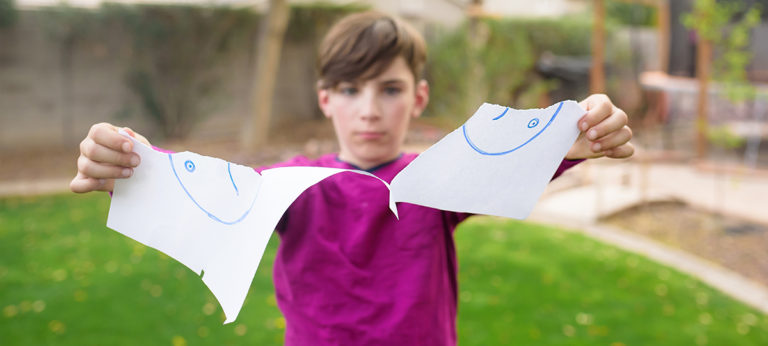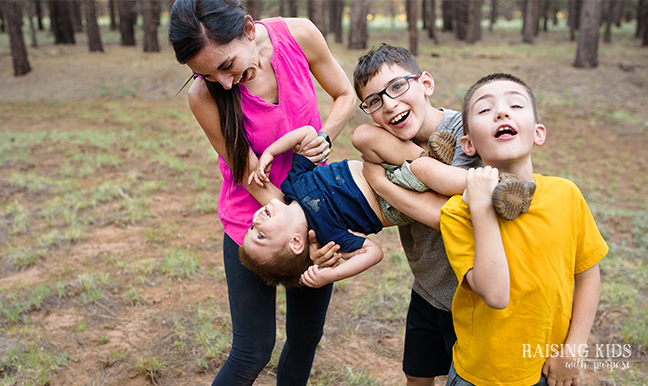To The Mom of “That Kid” Who Is Seen For His Behavior (Instead of His Character)
Some kids struggle with behavior. Understanding what is beneath the surface is important so you can create a strong relationship with your child. Not everyone is going to understand and that’s okay. What’s important is that you champion your child and focus on his or her strengths instead of the weaknesses.






